Growing Tomatillos |
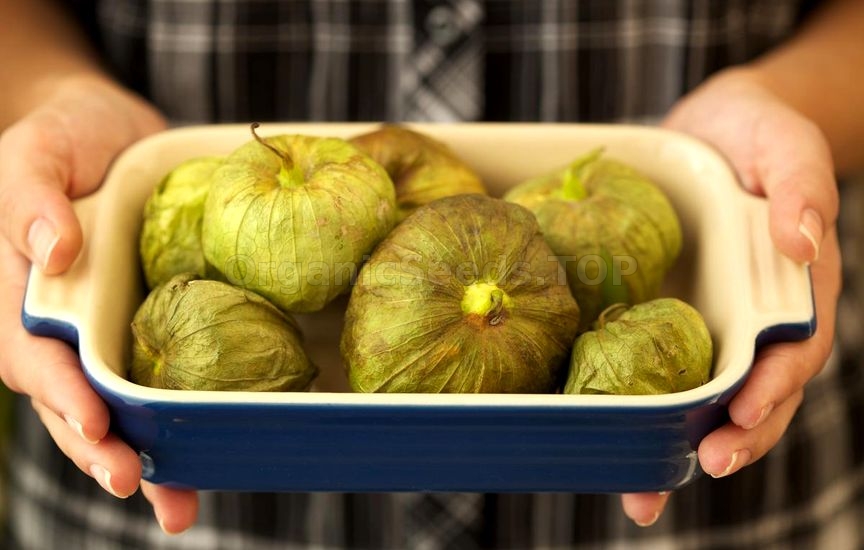 Tomatillos are the odd-looking distant cousins of the beloved tomato. Native to central America, they can be found growing wild in fields of corn and beans, and they are gathered to be eaten or sold in local markets. As with any abundant produce, the local cuisine has come to rely on its distinctive qualities. To prepare many Mexican food favorites, you need to be growing tomatillos in your garden. The name and the requirements for growing tomatoes and tomatillos are similar, but the comparison really stops there. The appearance of a tomatillo (pronounced to-ma-TEE-yo) with its papery husk is quite different. In fact, it is also known as a husk tomato, due to the dry cover that surrounds the fruit. Soil, Planting, and Care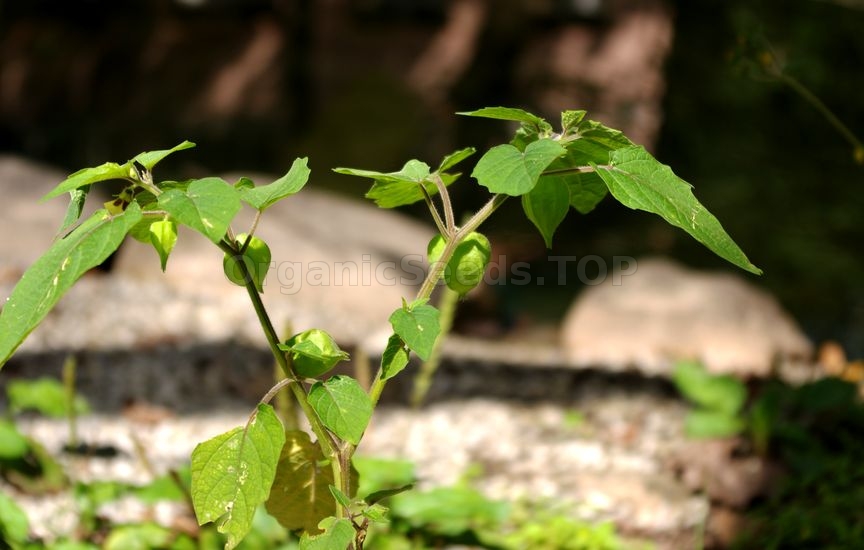 Tomatillos grow in the summer garden just like their relatives: tomatoes, eggplants, and peppers. In fact, the leaves look a little like the foliage of eggplant, but the fruit is like no other.
You will need two or more tomatillo plants for the blooms to be pollinated and fruit to be produced. Plan for each plant to produce about a pound of fruit over the season. However, most recipes call for ½ pound to make sauce, so plan to grow a minimum of 2 to 3 plants to have enough fruit ready to eat at one time. You may need more if you like them a lot. 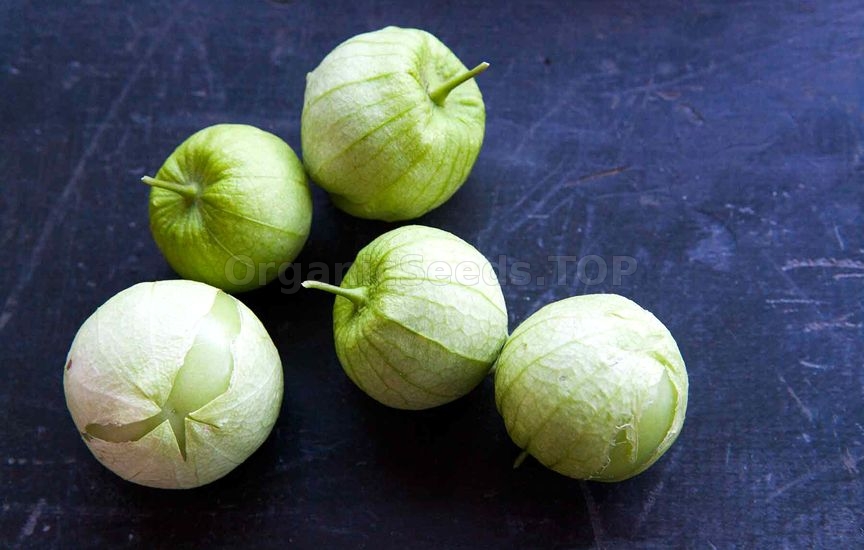 Set plants in the garden in spring after all danger of frost has passed and the soil has begun to warm. Choose a sunny location, and enrich the soil with compost. You can set plants deep like you would a tomato, burying nearly 2/3 of the plant. Space plants about 3 feet apart with a trellis or cage to support them as they grow. Treat tomatillos as you would tomatoes, keeping the soil evenly moist. Mulch will help conserve moisture while keeping down weeds. Troubleshooting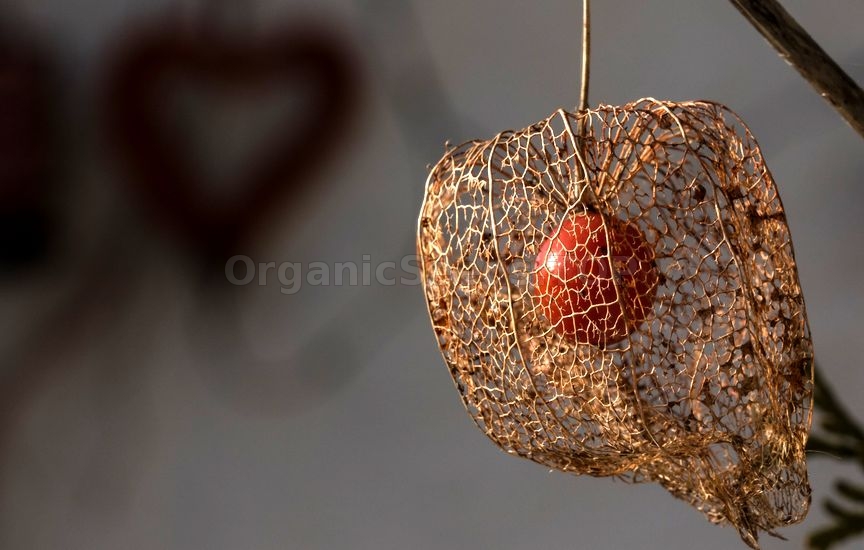 If allowed to sprawl on the ground, the stems will root and the plants will require more space than you may have anticipated, so be sure to use se a trellis or tomato cage. Also, getting them off the ground enhances air circulation and discourages fungus problems on the foliage during periods of high humidity.
Because of the husks, birds rarely reach the fruit. Besides, birds tend to wait until fruit is soft and sweet, which tomatillos are not. Flea beetles chewing holes in the leaves can be a problem, but plants are usually vigorous enough that the damage is merely cosmetic. Harvest and Storage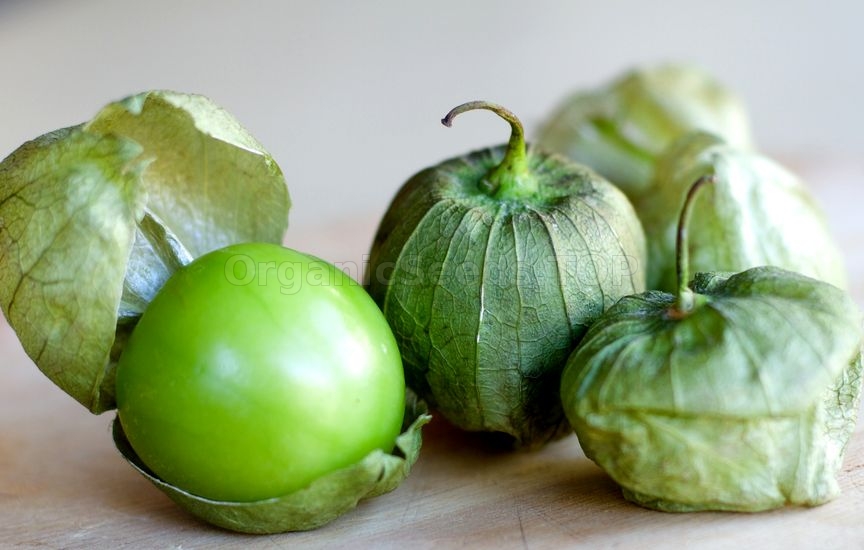 You know a tomatillo is ready to be cut from the plant when the fruit is green, but has filled out the husk. Left to ripen further, the fruit will frequently split the husk and turn yellow or purple depending on its genetics. However, these are not as good for cooking, as they lack the firm flesh and tart flavor of the green tomatillos. They are almost always used green, but don’t try to substitute a green tomato. A tomatillo is less juicy and more richly flavored than its popular cousin.
Store tomatillos in their husks for 2 to 3 weeks in a paper bag in the vegetable bin of the refrigerator. Tomatillos can be frozen by peeling the husk, rinsing and drying the fruit, and placing them whole in freezer bags. Double bagging is a good idea to prevent freezer burn. Uses Although it may appear unfamiliar to some, the tomatillo is enjoyed regularly by fans of Mexican food. Some with Mexican or Guatemalan heritage call it miltomate. In both cultures, this green fruit is the base ingredient in sauces such as salsa verde, where it is combined with peppers and other seasonings. Although tomatillo literally means “little tomato,” you cannot get the same results using green tomatoes. You really need tomatillos to give these dishes authentic flavor.
Benefits of Tomatillos |
|
|
